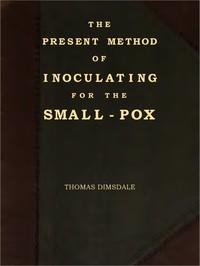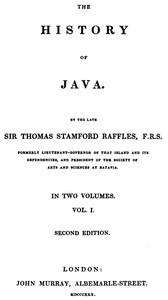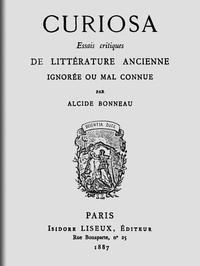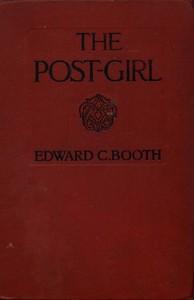Read this ebook for free! No credit card needed, absolutely nothing to pay.
Words: 6899 in 2 pages
This is an ebook sharing website. You can read the uploaded ebooks for free here. No credit cards needed, nothing to pay. If you want to own a digital copy of the ebook, or want to read offline with your favorite ebook-reader, then you can choose to buy and download the ebook.
INTRODUCTION 253
ACKNOWLEDGMENTS 254
MATERIALS AND METHODS 254
TAXONOMIC RELATIONSHIPS AND EVOLUTION 291
SUMMARY 292
LITERATURE CITED 293
INTRODUCTION
ACKNOWLEDGMENTS
Prof. William E. Duellman supplied invaluable information and guidance in my study. I am grateful to Prof. E. Raymond Hall for use of facilities of the Museum of Natural History and editorial assistance. I thank Prof. Laurence C. Stuart and Prof. Edward H. Taylor for information and suggestions. My own field experience in Middle America came as a result of assisting Professor Duellman in his own researches supported by a grant from the National Science Foundation . For these things I am deeply grateful. Specimens that I have seen alive were collected by field companions Dale L. Hoyt and Jerome B. Tulecke. Finally, I am grateful to my wife, Margaret L. Wellman, for much help including typing much of the manuscript.
MATERIALS AND METHODS
Measurements were taken to the nearest millimeter by means of a millimeter stick. Body length is the distance from the tip of the snout to the posterior edge of the anal plate; tail length, from the latter point to the tip of the tail; and total length, the sum of the body plus tail.
Descriptions of color are based on preserved specimens. Where descriptions of the color of living individuals are given, the data were taken from Kodachrome slides made available to me by William E. Duellman. Due to the transient nature of the longitudinal dark stripes in these snakes, no standard terminology has been devised, except that the posterior continuations of the stripes which on the head pass through the eye are termed lateral stripes; the posterior continuations of the median stripe of the head are termed dorsolateral stripes. A paravertebral stripe is one that is present on the scale-row on either side of, but not including, the mid-dorsal scale-row.
Free books android app tbrJar TBR JAR Read Free books online gutenberg
More posts by @FreeBooks

: Famous Persons and Places by Willis Nathaniel Parker - Great Britain Biography; Great Britain Description and travel


: The Present Method of Inoculating for the Small-Pox To which are added some experiments instituted with a view to discover the effects of a similar treatment in the natural small-pox by Dimsdale Thomas - Smallpox Vaccination Early works to 1800







